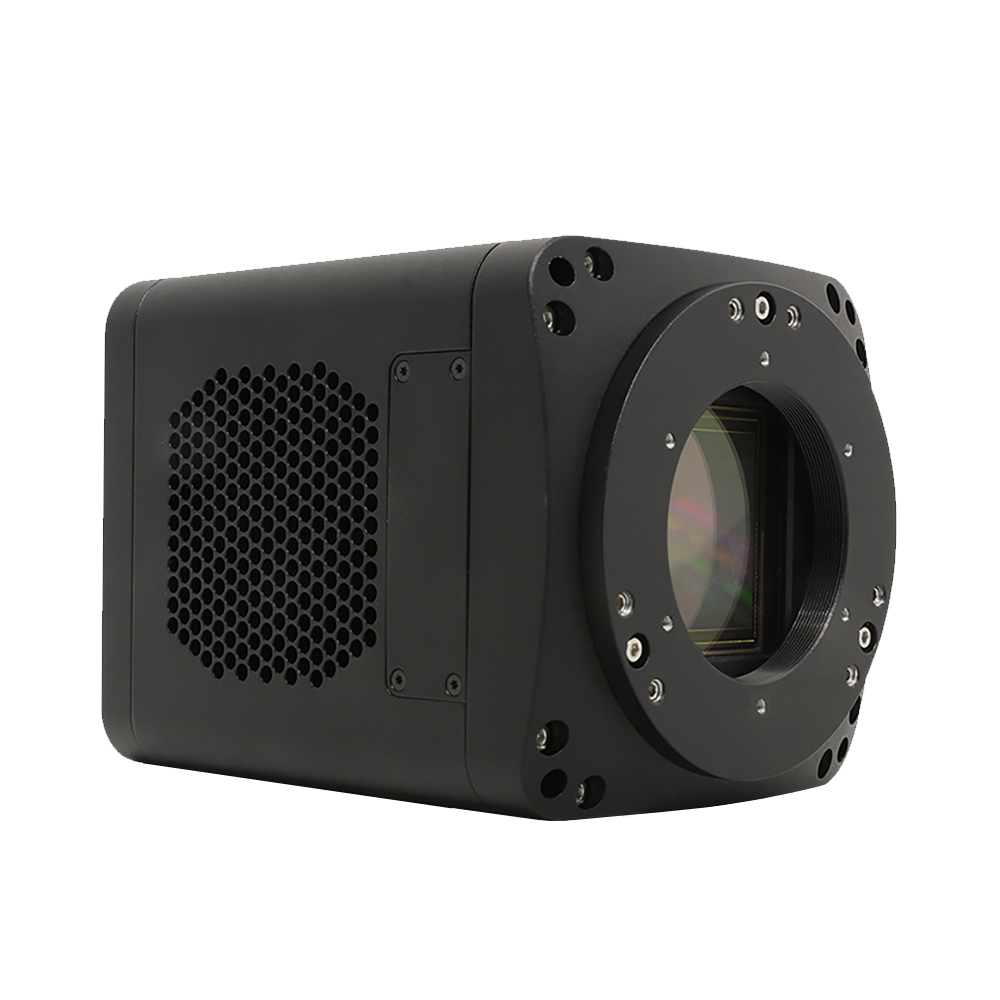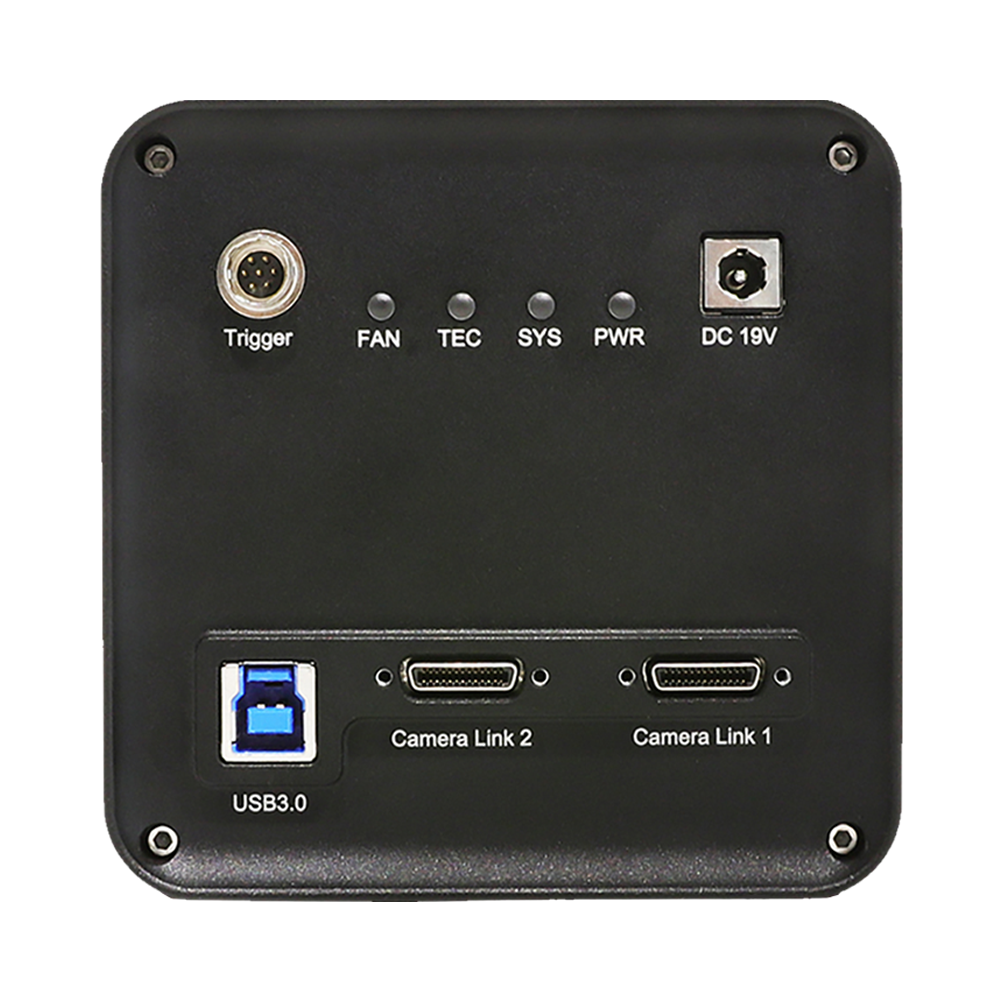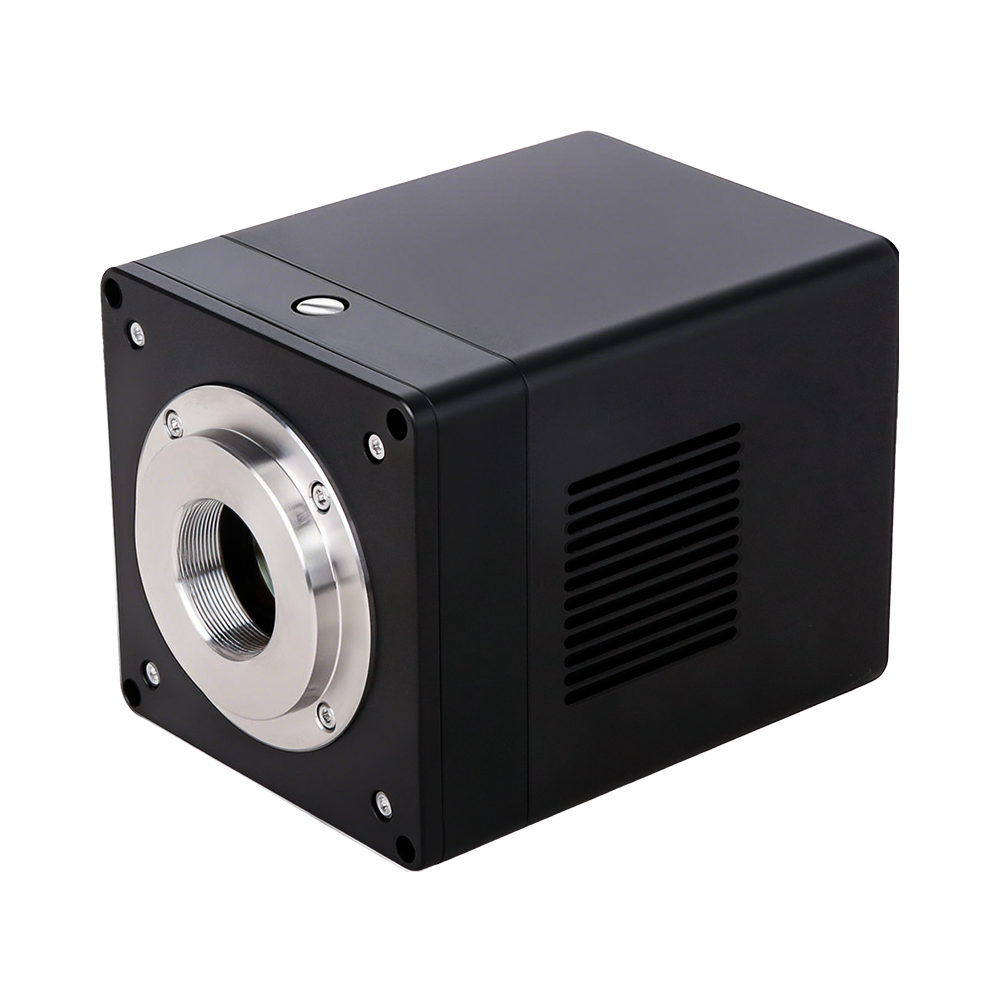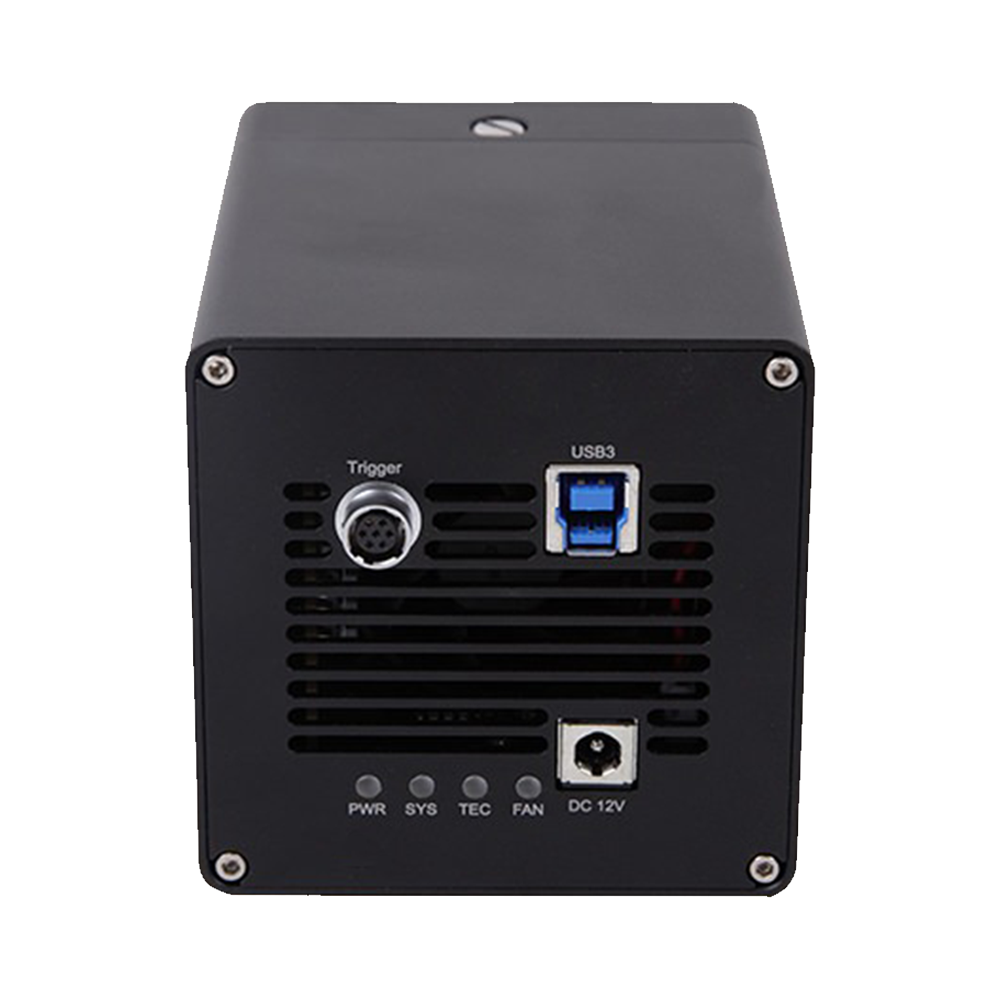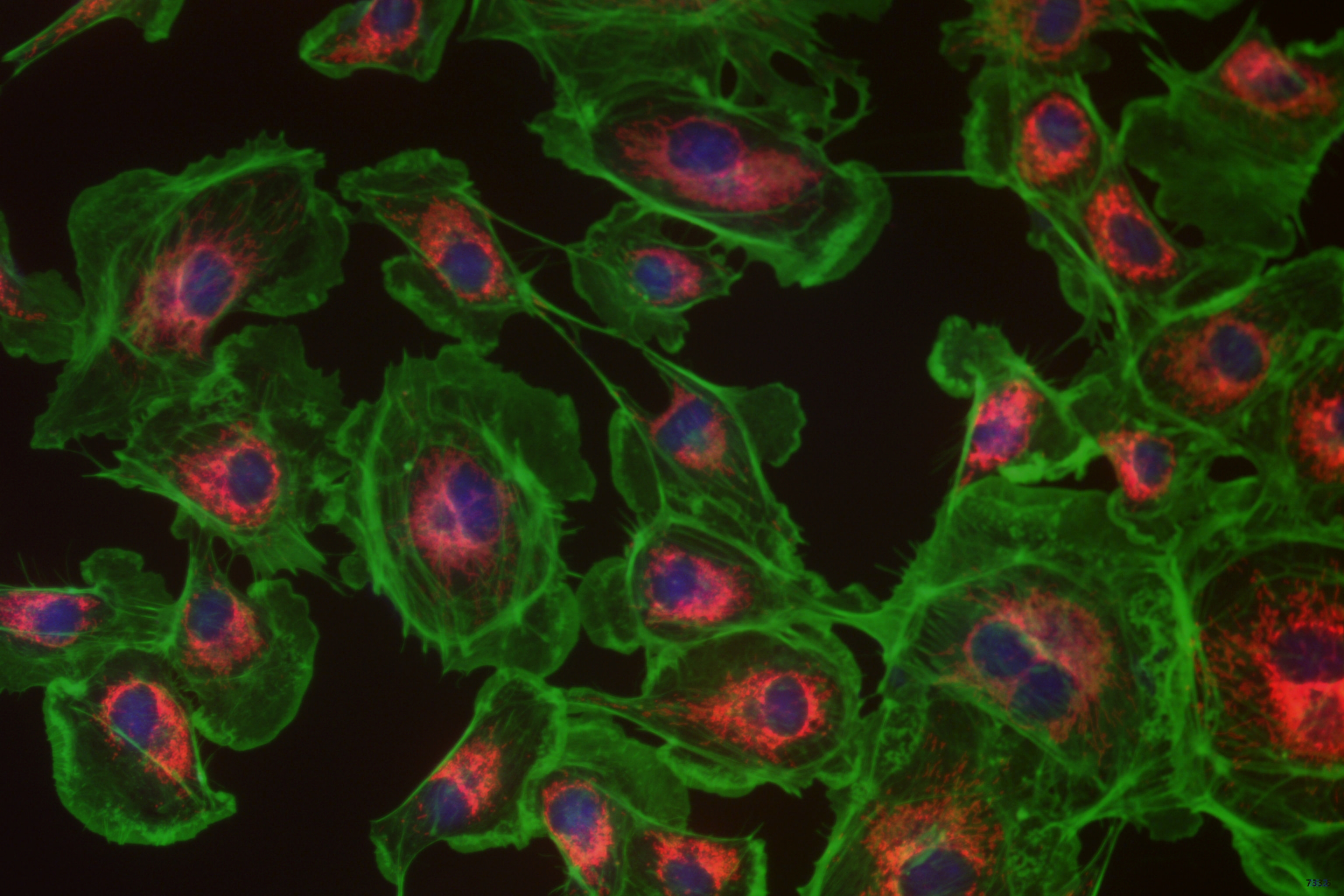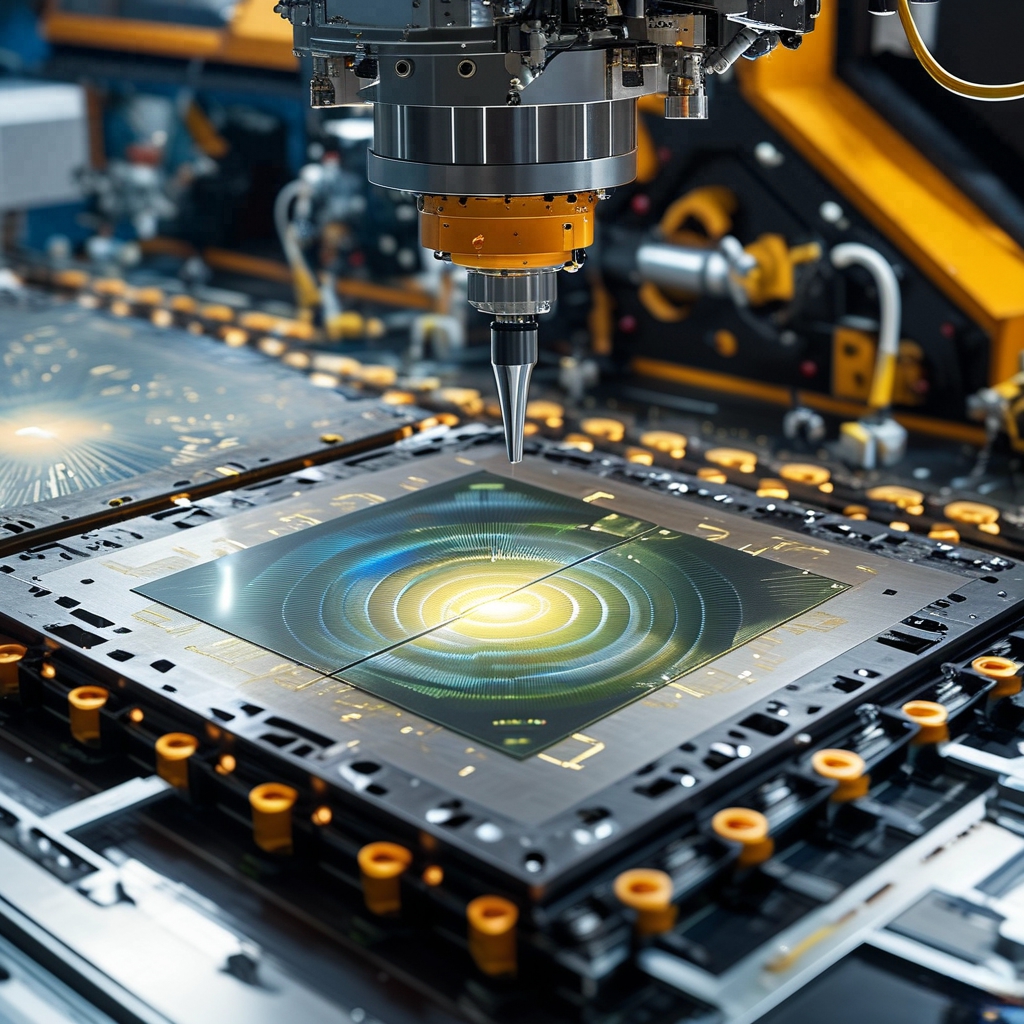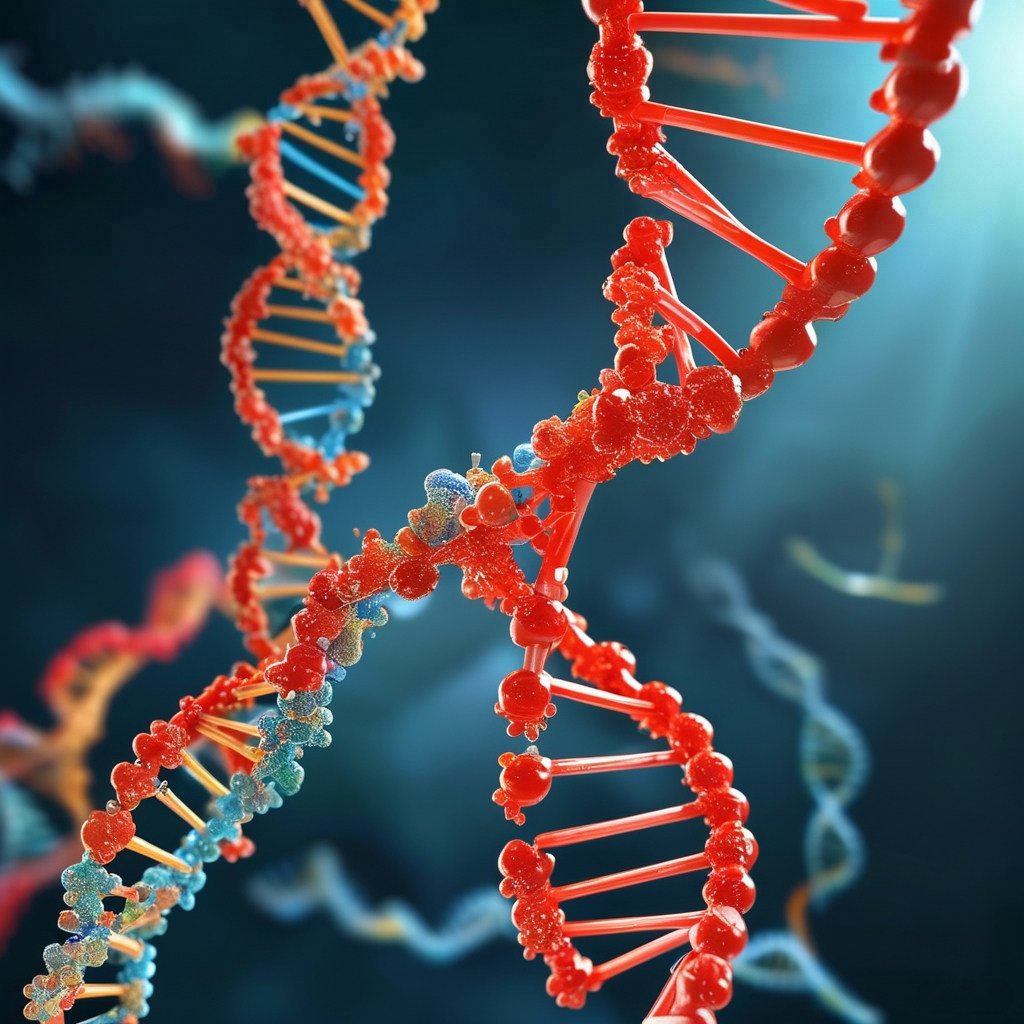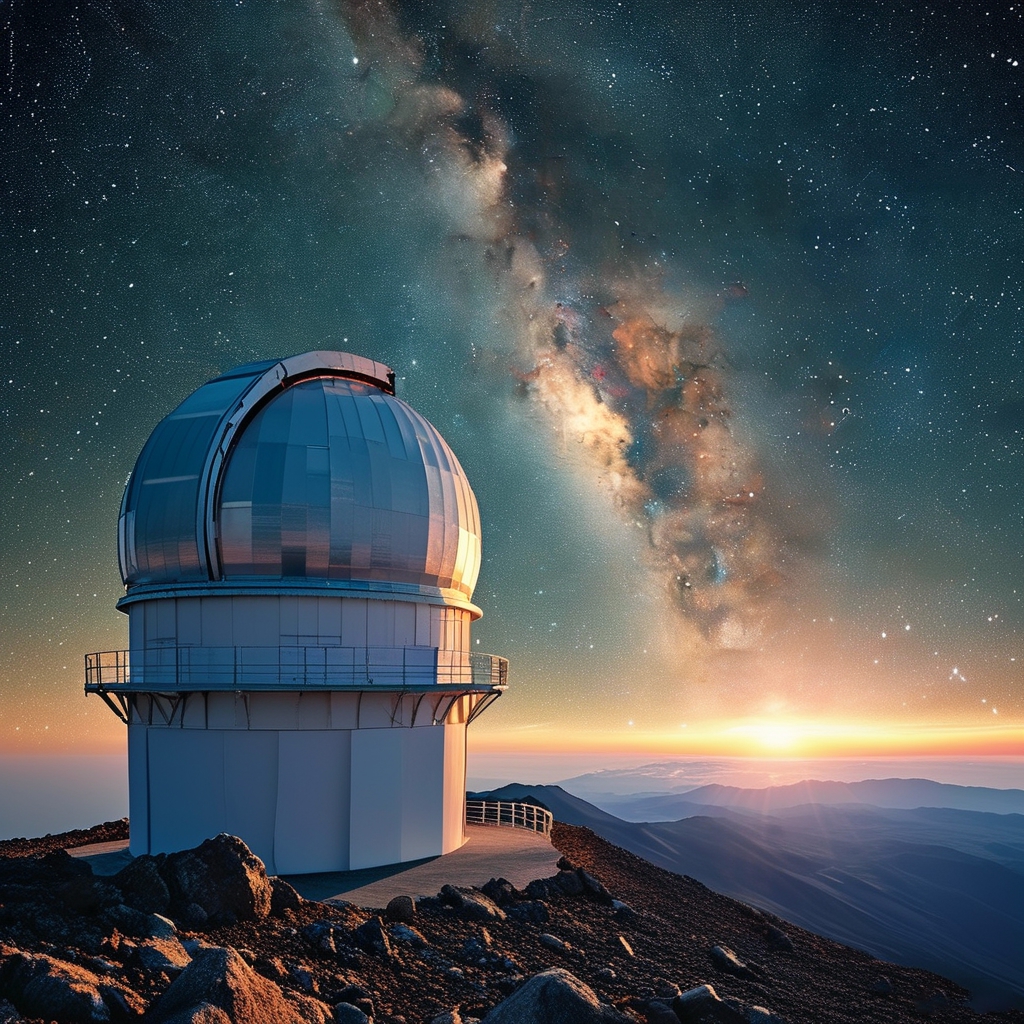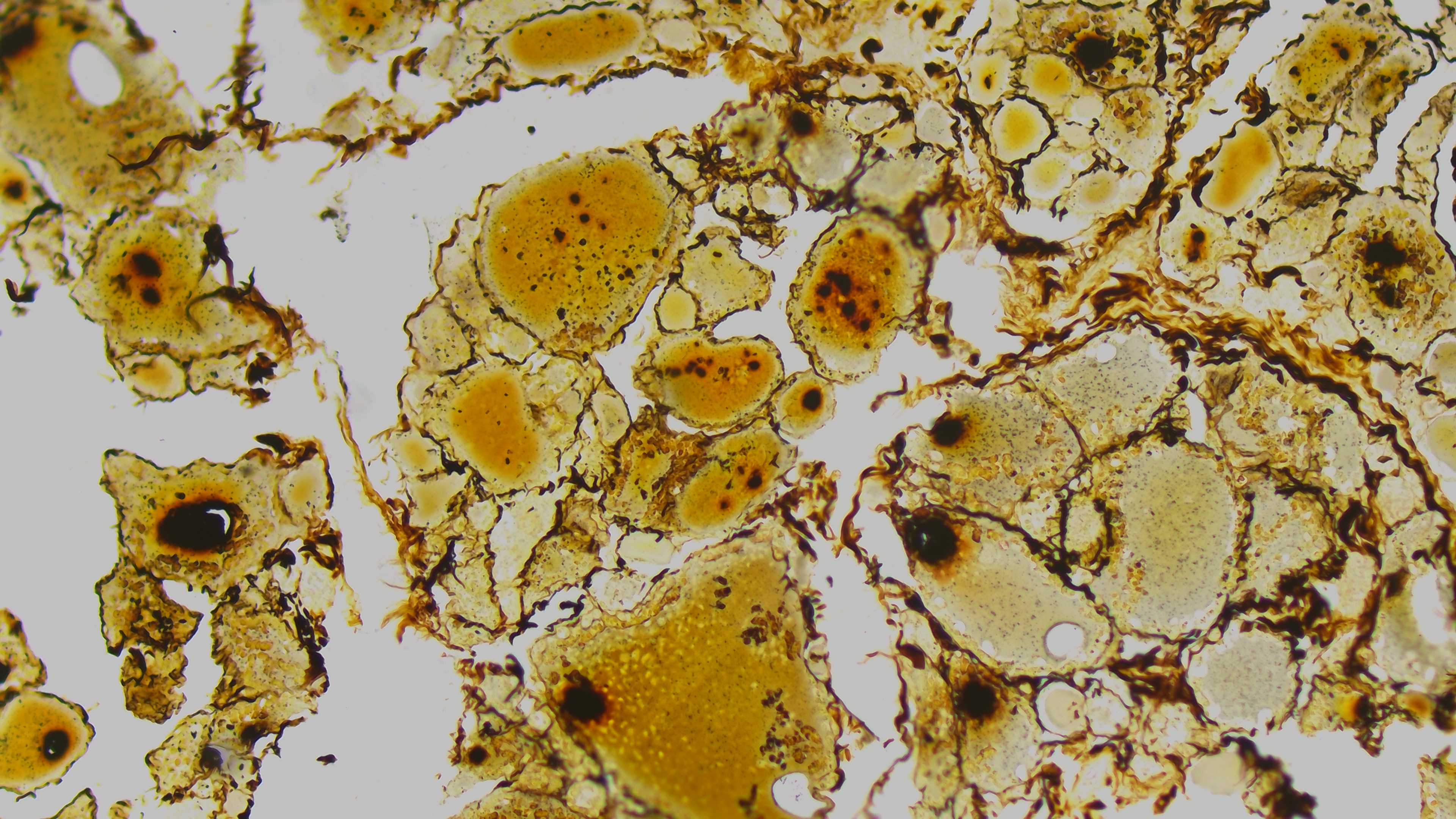SS21MPA-U3-CXP Scientific Camera
Product Introduction
The SS series is built on GSPRINT high-frame-rate global shutter sCMOS sensors, balancing high resolution with high frame rates, specifically designed for industrial inspection, high-speed imaging, and scientific experiments in high-dynamic scenarios. The series covers 2–21 MP multiple specifications with 4.5 µm pixels, typical spectral response 300–1100 nm, effectively suppressing motion distortion and trailing.
The cameras provide USB3.0 and CoaXPress (CXP, model-dependent) high-speed links, built-in 1 GB image buffering, supporting 8/10/12-bit output. Through ROI/windowing and 2×2 binning (model-dependent), frame rate and throughput can be further enhanced. Supporting free-running, software/hardware triggering and multi-camera synchronization, suitable for timing coordination with external illumination, motion platforms and other experimental equipment.
Bundled with ToupView and cross-platform SDK (Windows/Linux, C/C++/C#/Python), facilitating system integration and secondary development. Some models provide TEC cooling versions for reducing dark current and improving low-light/short-exposure contrast.
Key Features
- Equipped with GSPRINT4521/4510/4502 high-speed global shutter CMOS image sensors
- Resolution coverage from 2048 × 1216 to 5120 × 4096 (2–21 MP)
- 4.5 µm pixels, sensor diagonal approximately 0.67″–1.86″ (model-dependent)
- Typical spectral response 300–1100 nm, covering visible to near-infrared
- Global shutter suppresses motion distortion, suitable for high-speed inspection and scientific imaging
- Full-frame rates reaching hundreds of fps, supporting ROI/windowing for further frame rate enhancement
- Supporting 2×2 binning (model-dependent), balancing sensitivity/resolution/frame rate
- USB3.0 and CoaXPress (CXP) high-speed interfaces (model-dependent), meeting high-bandwidth data acquisition requirements
- Built-in 1 GB image buffering, ensuring stable output of high-speed/burst data streams
- Image data formats 8/10/12-bit, optional linear/HDR operating modes (model-dependent)
- Trigger modes: free-running, software trigger, external hardware trigger; supporting multi-device timing synchronization
- Rich I/O (model-dependent): optically isolated input/output and programmable GPIO, facilitating integration with production lines/experimental equipment
- Optional TEC cooling version: typical ΔT ≈ 40 °C (below ambient), reducing dark current and thermal noise
- 19 V adapter power supply, overall power consumption < 25 W (model-dependent)
- Environmental adaptation: −30–60 °C, 20–80 %RH (non-condensing, model-dependent)
- Providing Windows/Linux SDK (C/C++/C#/Python), compatible with ToupView/CLView
- Supporting field firmware upgrade, compliant with CE/FCC/RoHS (model-dependent)
Product Details
| Specifications | |
| Model | SS21MPA-U3-CXP |
| Sensor | GSPRINT4521-AVC (sCMOS) |
| Shutter Type | Global shutter |
| Color Type | Monochrome |
| Resolution | 21.0 MP (5120×4096) |
| Sensor Size | 23.04 mm × 18.432 mm |
| Sensor Diagonal | 1.16" |
| Pixel Size | 4.5 µm × 4.5 µm |
| Performance Parameters | |
| Frame Rate | TBD@5120×4096; TBD@2560×2048 |
| Bit Depth | 8/10/12-bit |
| Dynamic Range | TBD |
| Sensitivity | TBD |
| Interface Parameters | |
| GPIO | 1 optically isolated input, 1 optically isolated output, 2 non-isolated input/output ports |
| Lens Mount | TBD |
| Data Interface | USB3.0/CXP |
| Power Supply | 19 V DC |
| Physical Parameters | |
| Dimensions | TBD |
| Weight | TBD |
| Environmental Parameters | |
| Operating Temperature | -30 °C ~ +60 °C |
| Operating Humidity | 20%~80% (non-condensing) |
| Storage Temperature | -40 °C ~ +85 °C |
| Storage Humidity | TBD |
| Other Parameters | |
| OS Support | Windows/Linux |
| Certification | TBD |
Product Overview
SS21MPA-U3-CXP is a scientific-grade cooled camera featuring a GSPRINT4521-AVC (sCMOS) back-illuminated sCMOS image sensor with the following characteristics:
- High-Resolution Imaging: 21.0 MP (5120×4096) resolution with 4.5 µm × 4.5 µm pixel size, sensor size of 23.04 mm × 18.432 mm
- Shutter Design: Features Global shutter design, supports monochrome imaging, suitable for fluorescence imaging, spectral analysis, gene sequencing and other scientific research scenarios
- High-Speed Data Transfer: Supports USB3.0/CXP high-speed data interface, maximum frame rate up to TBD@5120×4096; TBD@2560×2048 , data output format includes 8/10/12-bit
- Excellent Dynamic Range: Dynamic range up to TBD , sensitivity of TBD
- Cooling System: Built-in cooling system reduces temperature TBD below ambient, effectively reducing dark current
- Rich Interfaces: Supports GPIO interface, lens mount is standard TBD interface
- Compact Design: Overall dimensions of TBD , weight approximately TBD , power supply 19 V DC
- Full Platform Support: Supports Windows/Linux systems, bundled with ToupView software and cross-platform SDK, supports C/C++, C#, Python and other mainstream development languages
Key Performance Indicators
Frame Rate
Up to TBD@5120×4096; TBD@2560×2048
Resolution
21.0 MP (5120×4096)
Scientific Imaging Features
Back-Illuminated Sensor
Features back-illuminated sCMOS sensor with higher quantum efficiency, especially suitable for low-light imaging applications
Cooling Noise Reduction
Built-in cooling system effectively reduces dark current and noise, improving image quality and signal-to-noise ratio
High Sensitivity
Sensitivity reaches TBD , meeting the high-precision requirements of scientific imaging
Flexible Control
Supports ROI, binning, trigger control and other functions to adapt to different research needs
Why Choose SS21MPA-U3-CXP
The SS21MPA-U3-CXP camera is the ideal choice for research institutions, medical facilities, and high-end industrial applications with its excellent scientific imaging performance, stable cooling system, and rich interface configurations. It can meet various precision imaging and analysis requirements.
SS21MPA-U3-CXP Product Manual
PDF format, includes detailed technical specifications and dimensional structure
SDK Development Kit
Supports Windows, Linux, macOS and other platforms
3D Model Files
STEP format, for mechanical design integration
Frequently Asked Questions
Learn more about scientific-grade CMOS camera expertise
- Ultra-low readout noise: sCMOS readout noise approaches 1e⁻, significantly better than traditional CCD
- High frame rates: Parallel readout architecture supports frame rates up to 100fps or higher
- Wide dynamic range: Can simultaneously image bright and dark regions with dynamic range reaching tens of thousands to one
- Large field of view and high resolution: Suitable for high-resolution large field of view imaging requirements
EMCCD cameras are better suited for extremely low light or long exposure applications.
sCMOS cameras offer better cost-effectiveness for high-resolution, high frame rate applications requiring low noise.
In-Depth Product Introduction
sCMOS Sensor Architecture
Each pixel is equipped with independent amplifiers and column-level ADCs, enabling parallel readout for high-speed, high signal-to-noise ratio imaging. Dual gain channels and dual ADC designs further enhance dynamic range and sensitivity.
Low Noise + Wide Dynamic Range
Typical sCMOS noise is less than 2 e⁻ at 30fps, with dynamic range reaching 50,000:1, significantly exceeding traditional CCD performance.
Fast Readout and Versatility
Parallel readout architecture supports high frame rates (greater than 100fps), suitable for high-speed event capture such as cell movement, fluorescence lifetime, plasma changes, and more.
Low Light Imaging Capability
Back-illuminated sCMOS sensors can achieve quantum efficiency greater than 95%, performing excellently from UV to near-infrared ranges, with low fixed pattern noise and cooling capabilities down to -30°C for astronomical observations.
Application Scenarios and System Value
Suitable for fluorescence microscopy, astronomical imaging, cold atom research, X-ray imaging, materials testing, industrial microscopy, and various scientific research and industrial fields, providing high sensitivity, high precision, and high adaptability system advantages.
Primary Application Areas
Applications of scientific cameras (sCMOS) across various fields
sCMOS Technical Advantages Summary
- Ultra-low readout noise (<2e⁻)
- High frame rates (>100fps)
- Wide dynamic range (50,000:1)
- High quantum efficiency (>95%)
- Large field of view high resolution
- Cooling capability (-30°C)
- Parallel readout architecture
- Multi-purpose scientific adaptability

